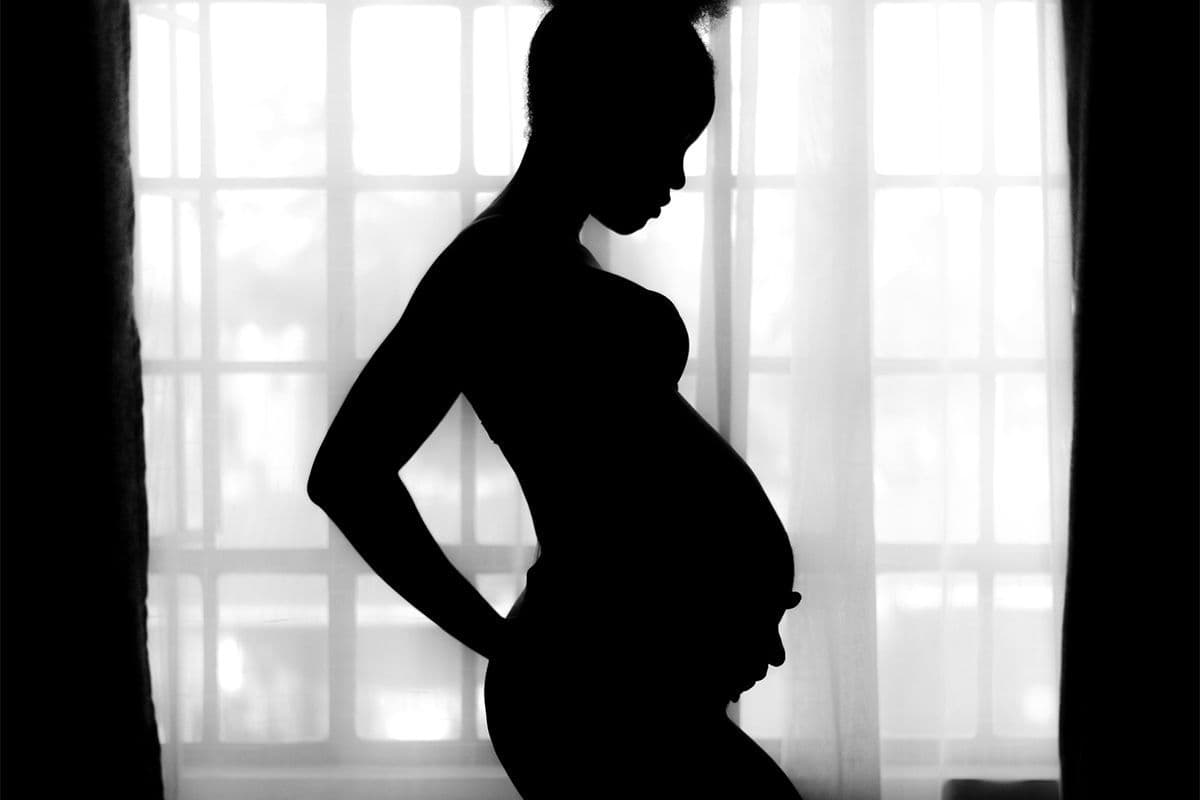Breathing Practice – Dirgha Pranayama (Three Part Breath)
Yoga
Obie Editorial Team
What is Dirgha Pranayama?
Dirgha (deer-guh) pranayama is a yoga breathing practice which calms the body and mind through deep, lung-filling inhalations and exhalations. It is safe and highly recommended for pregnant women and women trying to conceive. Deep dirgha breathing will oxygenate your blood, expel carbon dioxide from your lungs, and fully relax your mind and body. Five to ten minutes of dirgha at any moment throughout your day will leave you feeling incredibly clear-headed and at ease – and ready to face any pregnancy or fertility challenge.
How to do it
Sit in a comfortable position with a straight spine, or lie down on your back. Place one hand on your chest and the other hand on your belly. Begin by inhaling deeply through your nose and imagine your body and lungs filling with air from your chest down through your belly. Notice how your hands move up and down as the air expands your body. On your exhalation, imagine expelling the air through your nose in the opposite direction, from your belly up through your chest. Inhale again as you imagine and feel the air filling your chest, ribs, and belly; exhale as the air leaves from your belly, ribs, and chest. These are the three parts of the three-part breath.
Visualize the air filling your body part by part, as your hands feel the movement of the air expanding your body from within. As you exhale, visualize the air leaving your body part by part and relaxing you with each movement.
Dirgha breath can also be combined with ujjayi breath for even further regulation and focus to your breathing practice.
Start by practicing dirgha for five or ten minutes, or as long as feels right for you.
- Modifications: Dirgha is both safe and recommended for everyone. There are no contraindications for this breathing practice.
- Release: When you feel ready to let go of the practice, finish with an exhalation and simply return to your normal, uncontrolled breath. You may find that you naturally continue to breath in the dirgha three-part pattern, and this is completely fine. Observe any changes that may have taken place in your body and mind during and after the breathing practice.
Read More











